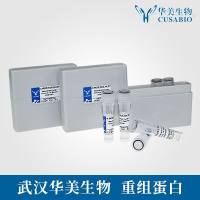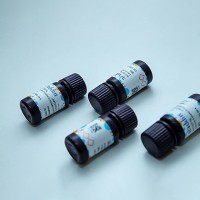In Vitro Production of Gymnemic Acid from Gymnema sylvestre (Retz) R. Br. Ex Roemer and Schultes Through Callus Culture Under Abiotic Stress Condition
互联网
互联网
相关产品推荐
![(1S,2R,4aS,6aR,6aR,6bR,8aR,10S,12aR,14bS)-10-hydroxy-6a-[(E)-4-(4-hydroxyphenyl)-2-oxobut-3-enyl]-1,2,6b,9,9,12a-hexamethyl-2,3,4,5,6,6a,7,8,8a,10,11,12,13,14b-tetradecahydro-1H-picene-4a-carboxylic acid,Moligand™,阿拉丁](https://img1.dxycdn.com/p/s14/2024/0619/790/2703698211716733081.jpg!wh200)
(1S,2R,4aS,6aR,6aR,6bR,8aR,10S,12aR,14bS)-10-hydroxy-6a-[(E)-4-(4-hydroxyphenyl)-2-oxobut-3-enyl]-1,2,6b,9,9,12a-hexamethyl-2,3,4,5,6,6a,7,8,8a,10,11,12,13,14b-tetradecahydro-1H-picene-4a-carboxylic acid,Moligand™,阿拉丁
¥5999.90

TIMM10B/TIMM10B蛋白Recombinant Human Mitochondrial import inner membrane translocase subunit Tim10 B (TIMM10B)重组蛋白Fracture callus protein 1FxC1Mitochondrial import inner membrane translocase subunit Tim9 BTIMM10B ;Tim10b蛋白
¥1344

aladdin®660 SE(aladdin®660琥珀酰亚胺酯),Ex:663nm, Em:691nm, ≥80%,阿拉丁
¥2269.90

Albumin hydrolysate,for microbiological culture, from chicken egg white,阿拉丁
¥5716.90
![DKFZ-PSMA-11,4,6,12,19-Tetraazadocosane-1,3,7-tricarboxylic acid, 22-[3-[[[2-[[[5-(2-carboxyethyl)-2-hydroxyphenyl]methyl](carboxymethyl)amin](https://img1.dxycdn.com/p/s14/2025/1009/171/0405943971658126791.jpg!wh200)
DKFZ-PSMA-11,4,6,12,19-Tetraazadocosane-1,3,7-tricarboxylic acid, 22-[3-[[[2-[[[5-(2-carboxyethyl)-2-hydroxyphenyl]methyl](carboxymethyl)amin
¥1530
相关问答

